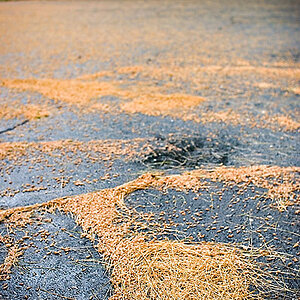snapsnap1973
TPF Noob!
- Joined
- Jan 18, 2013
- Messages
- 147
- Reaction score
- 4
- Location
- Portland, Maine
- Can others edit my Photos
- Photos NOT OK to edit
Hi.
Just yesterday I purchases a Canon SX280 for $155 from a local dept. store and got a discount due to it being a "display model" and the last one in stock. Anyways, I like taking pictures of birds in flight sometimes and yesterday snapped one of a local Osprey here in Maine. The picture came out "fuzzy" around the wings as the bird was in flight.
I know very little about photography and was wondering what a good speed setting, etc I should use to take "clear" or clearer pictures of birds in flight. Should I be using a quicker shutter speed? What other settings should I use? If my camera is set up right does that mean that all "bird in flight" pictures would be clear necessarily?
Is "auto" a good setting for birds in flight or fast moving objects? I'd rather not use auto and learn how to set the camera up myself though.
Thanks
Just yesterday I purchases a Canon SX280 for $155 from a local dept. store and got a discount due to it being a "display model" and the last one in stock. Anyways, I like taking pictures of birds in flight sometimes and yesterday snapped one of a local Osprey here in Maine. The picture came out "fuzzy" around the wings as the bird was in flight.
I know very little about photography and was wondering what a good speed setting, etc I should use to take "clear" or clearer pictures of birds in flight. Should I be using a quicker shutter speed? What other settings should I use? If my camera is set up right does that mean that all "bird in flight" pictures would be clear necessarily?
Is "auto" a good setting for birds in flight or fast moving objects? I'd rather not use auto and learn how to set the camera up myself though.
Thanks


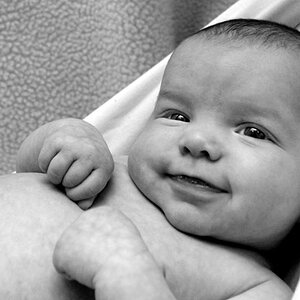


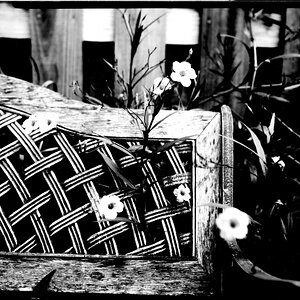
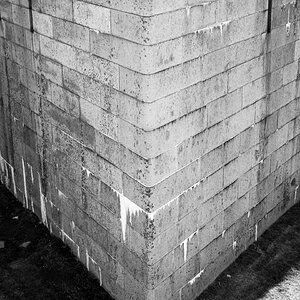
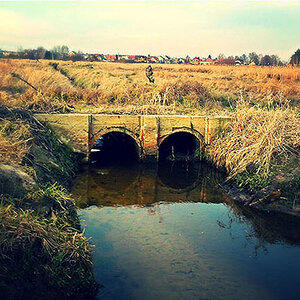

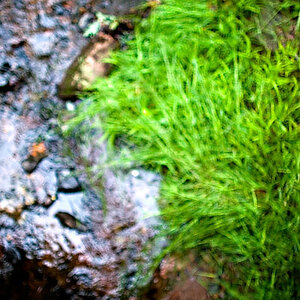
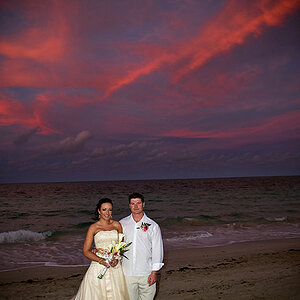
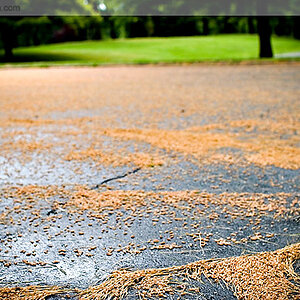
![[No title]](/data/xfmg/thumbnail/41/41778-1940e957c27e1919c300dfedbc32d1c3.jpg?1619739889)
